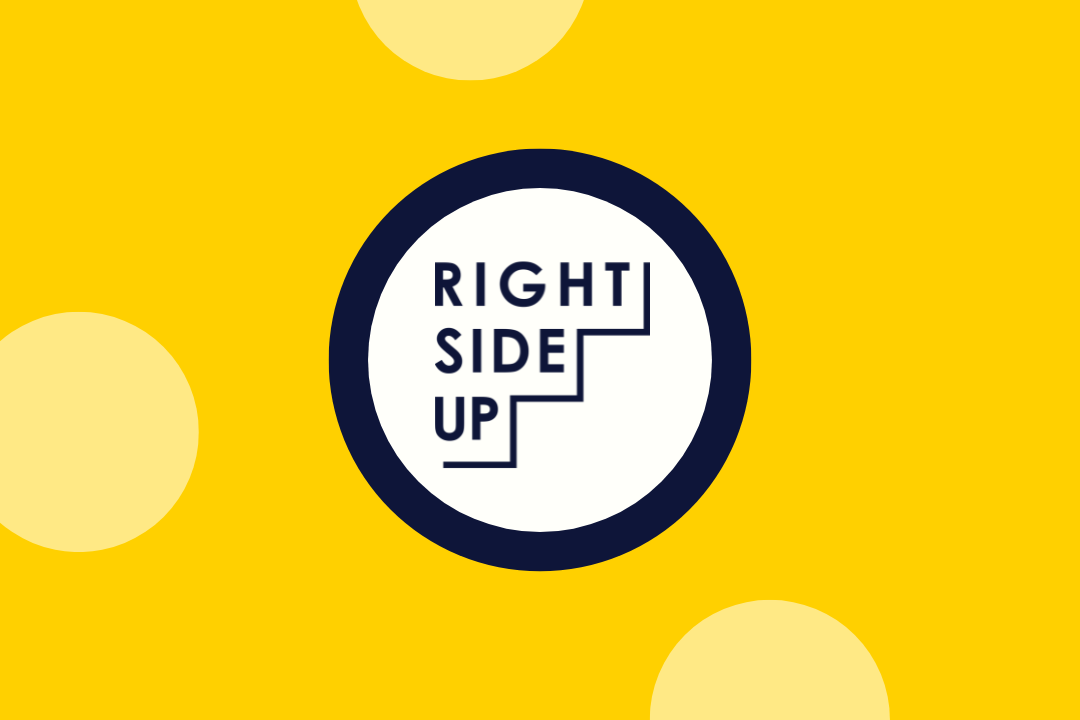How to Give Great Creative Feedback
Published
May 25, 2023
Updated
May 25, 2023

The art of creative feedback—marketers who master it get polished, better-performing assets, and in less time. But how?
The best creative doesn’t come from executing a marketer’s vision exactly. The best creative comes from taking a marketer’s true intent and uncovering the best way to make it come to life. Follow these do’s and don’ts from your V1s until your finals and you’ll make work that’s reel-worthy and crushes your ROI.

- Do consume deeply. Look at the creative all the way through several times. Attune to what’s working for you and what feels off, even if you can’t articulate why yet. Then take a break, repeat, and see if the feelings change.
- Don’t just react. If you’ve been presented with something in-person, ask questions, get clarity, but give yourself the space to respond afterward. This is especially true if you need to condense feedback from multiple stakeholders before delivering it.
- Do talk face-to-face. Whether remote or in-person, your feedback tone will be received better and have better context. Hopping on a five-minute call is better than a five-minute email. It sometimes feels slow, but going back and forth multiple times is slower, we promise.
- Don’t write a novel. Three-paragraph Slack messages just hit differently, and not in a good way. We can’t tell you how many tome-length emails of feedback I received, skimmed, yelped, closed, and re-read gingerly, talking myself down from the creative ledge. Great creative comes from a place of psychological safety for your team, so instead of typing something that will be misinterpreted, sync in person.
- Do ask for intent. Roger Ebert famously tried to critique movies based on what they tried to do. Do the same by asking the creator to first help you understand what they were going for.
- Don’t assume. There are limitations to every creative process. It’s really helpful to know what your creative partner has tried beforehand. You get a better handle on their thought process and you can respect their previous work, even if it wasn’t what you had in mind. Do that and people are more energized to throw themselves back into the project.
- Do go back to the source. When you lose your way, retrace your steps to the shared goal. What did you agree was the point of the whole project during kickoff, or in the creative brief? (For more on building a creative process you can be proud of, check out our Best Practices for Building an Effective Creative Process.)
- Don’t go outside the brief. If you want to see how fast a creative’s soul can deflate, just say “What if we...” and add in something far outside the scope of the original ask. This is how unshippable projects are born and creative spirits are crushed. Find a way to ship something worth testing from this project. Save your next great idea for the next project.
- Do present the opportunity. Start giving orders and you silence all other voices. Instead try: “Our goal was X. Your Approach was Y. The effect is Z. What could we do to get us more X?” When you define the issue with context, you make creatives feel safe to offer their approaches first
- Don’t present the tactic. Putting aside that no one loves being told what to do, I’ve made this mistake before and the next draft usually gets worse. Eager-to-please creatives can get spooked with feedback and give you exactly what you ask for (whether it’s the best idea or not).
- Do get empathetic. Ultimately, who is the creative for? Put on your best customer hat and really get into their mindset. Make sure you’re addressing a real need and pain point, not a strawman problem, otherwise your creative will bounce right off your audience.
- Don’t get stuck in your POV. Sometimes we lock in on a phrase we have to get in the copy without realizing how awkward it is to our customer. We’re in a bubble while we work internally on a brand so it helps to ask ourselves the question: “How would I feel about this if I wasn’t paid to care?”
Ultimately, great creative feedback is about deeply understanding where the work is coming from and delivering the notes in a way that actually excites your creative partner and encourages them to put your feedback into action. That’s how you build creative partnerships that are sturdy enough to produce great work for countless projects to come.
.webp)
.webp)
.webp)
.webp)
.webp)
.webp)
.svg)
.svg)
.svg)
.png)


.png)







.png)

.webp)
.webp)
.webp)
.webp)
.webp)
.webp)